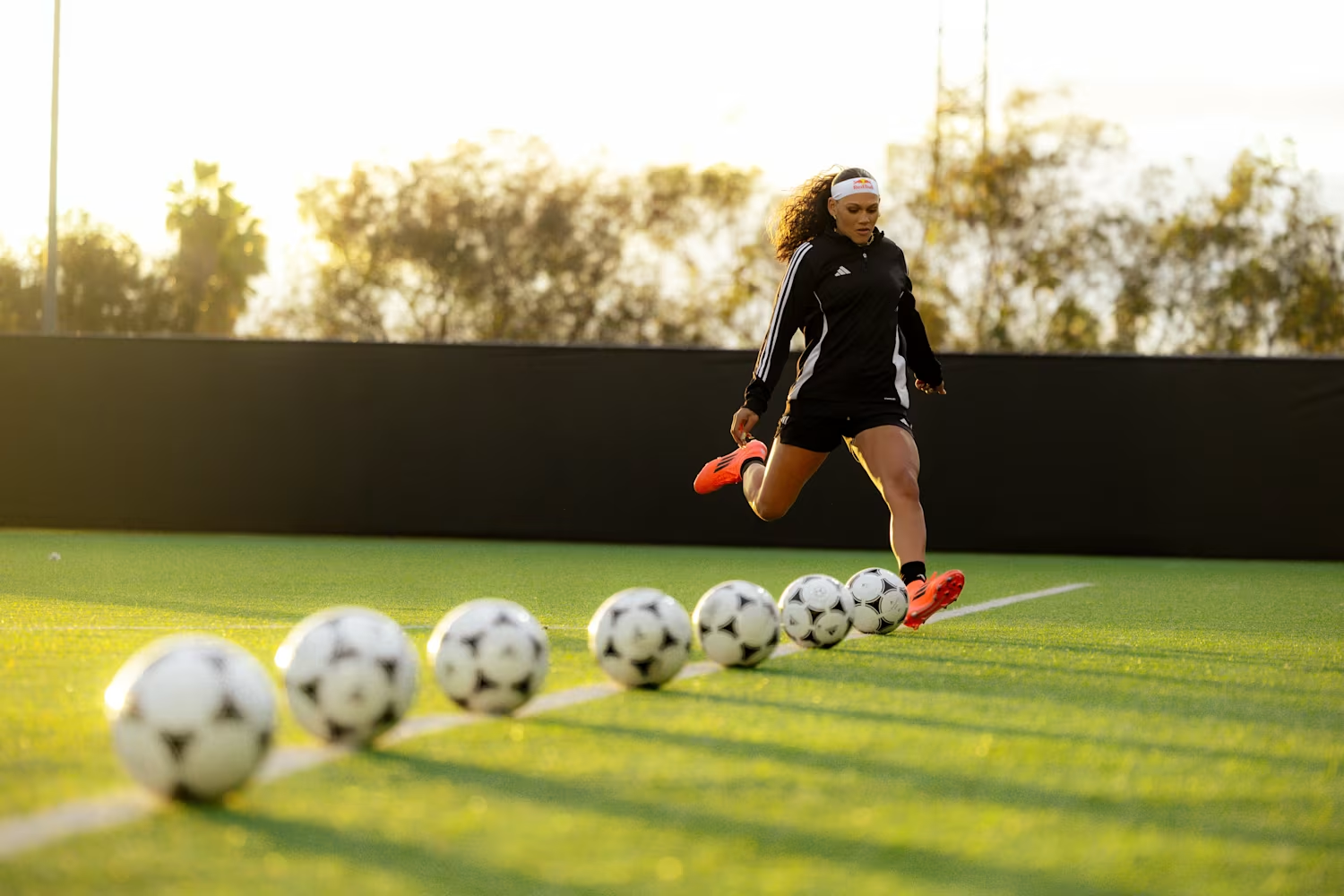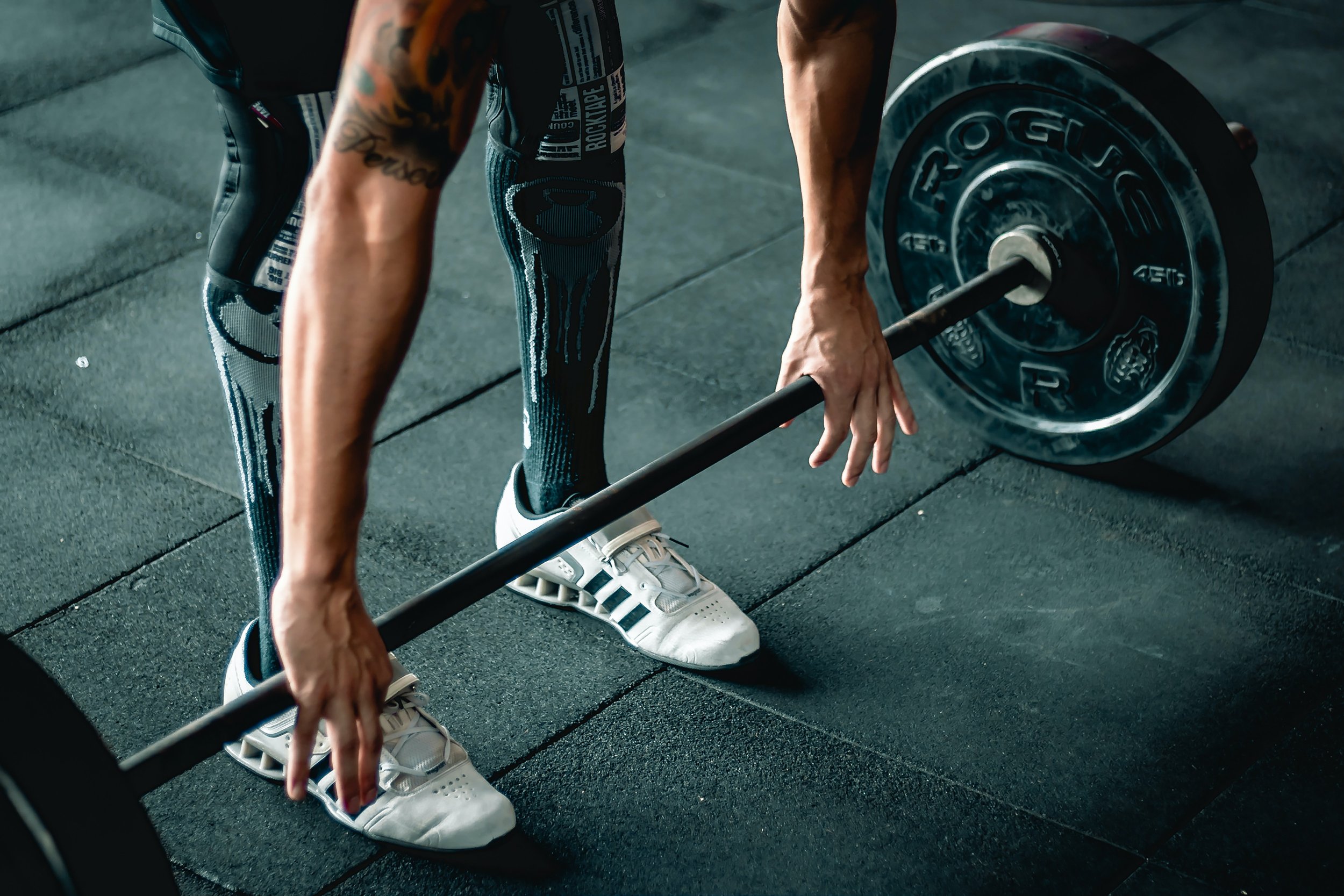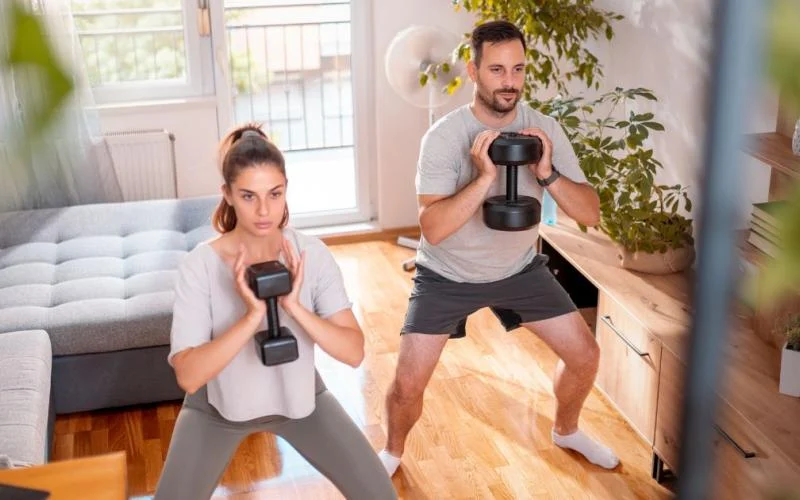Football (soccer) is a dynamic sport that requires a unique combination of strength, speed, endurance, agility, and technical skills. While training at a professional facility with access to equipment and coaches is ideal, it’s entirely possible to work on your football fitness and skills from the comfort of your home. With the right workouts, you can improve key aspects of your game—such as endurance, ball control, and strength—without leaving your living room.
Here’s a guide to the best home workouts for aspiring footballers:
1. Agility Drills
Agility is crucial for footballers to change direction quickly, dodge opponents, and react to the ball with precision. While you may not have access to an agility ladder or cones, you can still perform effective agility drills at home using simple objects like chairs, books, or even tape to create boundaries.
Lateral Shuffle Drill
- How to do it: Set two markers (such as cones or shoes) about 5 feet apart. Shuffle quickly from one side to the other, staying low and keeping your knees bent. Try to move as quickly as possible without losing balance.
- Benefits: This drill helps with lateral movement, which is important for positioning, defending, and attacking.
Cone Weave Drill
- How to do it: Place cones or any objects in a zig-zag pattern, and weave through them as quickly as possible. Focus on maintaining good posture and sharp movements.
- Benefits: It improves your change-of-direction skills and enhances coordination.
2. Ball Control Drills
Mastering ball control is essential for any footballer. Even when you’re stuck at home, you can practice your touch, passing, and dribbling. All you need is a ball and some space.
Passing Against a Wall
- How to do it: Stand a few meters from a wall and pass the ball against it, controlling it with your first touch as it rebounds back to you. Focus on keeping your passes accurate and controlling the ball using both feet.
- Benefits: Improves passing accuracy, first touch, and overall ball control.
Juggling
- How to do it: Start with a simple juggle, using your feet, thighs, and head. Aim to keep the ball in the air for as long as possible, gradually increasing the number of touches.
- Benefits: Enhances your touch, coordination, and focus. It also builds confidence with the ball.
Inside-Outside Dribbling
- How to do it: Set up a small course in your home or backyard and practice dribbling with both feet. Use the inside and outside of your foot to move the ball around cones or objects.
- Benefits: This improves footwork and dribbling technique, allowing you to change directions quickly during a match.
3. Strength Training
Football requires overall body strength, especially in the legs, core, and upper body. While you can’t always replicate weightlifting in a home setting, bodyweight exercises can still build powerful muscles that are crucial for football performance.
Squats
- How to do it: Stand with feet shoulder-width apart. Lower your body by bending at the knees, ensuring your knees don’t extend past your toes. Push through your heels to stand back up.
- Benefits: Builds leg strength and power, crucial for kicking, jumping, and sprinting.
Lunges
- How to do it: Step forward with one foot and lower your body until both knees form 90-degree angles. Push off the front foot to return to the starting position.
- Benefits: Improves balance, leg strength, and explosive power. It’s great for accelerating and decelerating on the field.
Plank
- How to do it: Get into a push-up position, but rest on your forearms instead of your hands. Keep your body straight from head to heels. Hold this position as long as you can.
- Benefits: Strengthens the core, which is essential for stability, balance, and overall movement on the pitch.
Push-ups
- How to do it: Start in a plank position with hands slightly wider than shoulder-width apart. Lower your body until your chest is just above the ground, then push back up.
- Benefits: Builds upper body strength, which helps with tackling, shielding the ball, and general upper-body endurance.
4. Cardiovascular Endurance
Football is an endurance sport, requiring athletes to sustain high levels of activity throughout the game. These home workouts will improve your stamina and aerobic fitness.
High-Intensity Interval Training (HIIT)
- How to do it: Perform a combination of exercises such as jumping jacks, high knees, burpees, and mountain climbers. Do each exercise for 30 seconds, followed by 15 seconds of rest. Repeat the circuit 3–5 times.
- Benefits: HIIT is a great way to improve cardiovascular fitness, burn fat, and increase speed and endurance—key attributes for a footballer.
Running or Cycling (If Space Allows)
- How to do it: If you have space for running or a treadmill, incorporate sprints into your routine. Alternatively, cycling around your neighborhood or using a stationary bike can be beneficial for improving cardiovascular fitness.
- Benefits: Running and cycling help build endurance, and sprinting improves your acceleration and speed.
5. Flexibility and Mobility Work
Staying flexible is important for preventing injuries and improving overall movement. Stretching and mobility exercises should be a regular part of your training routine.
Dynamic Stretching
- How to do it: Perform leg swings, arm circles, and hip rotations to prepare your body for exercise. These movements increase blood flow and prepare muscles for more intense activities.
- Benefits: Improves range of motion and helps prevent injury during intense training.
Yoga
- How to do it: Follow a yoga routine to improve flexibility, balance, and core strength. Focus on stretches that open up the hips, hamstrings, and lower back.
- Benefits: Enhances flexibility, reduces muscle tension, and improves balance and mental focus.
6. Recovery and Rest
After a hard workout, it’s important to allow your body time to recover. Footballers often do this by incorporating stretching, foam rolling, and sufficient rest into their routine.
Foam Rolling
- How to do it: Use a foam roller to gently massage your muscles, particularly after a workout. Focus on tight areas such as the calves, hamstrings, and quads.
- Benefits: Helps release muscle tension and promotes faster recovery.
Active Recovery
- How to do it: Engage in low-intensity activities like walking, cycling, or swimming to promote blood flow and recovery without putting too much strain on your body.
- Benefits: Reduces soreness and helps muscles recover more quickly between training sessions.
Conclusion
Training like a professional footballer doesn’t require a gym full of equipment or access to a fancy pitch. With the right exercises and commitment, you can build a well-rounded fitness routine that improves your skills and keeps you in top shape, all from the comfort of your own home.
Consistency is key! By incorporating agility drills, ball control exercises, strength training, and cardiovascular workouts into your weekly routine, you’ll be well on your way to improving your football skills and performance.



